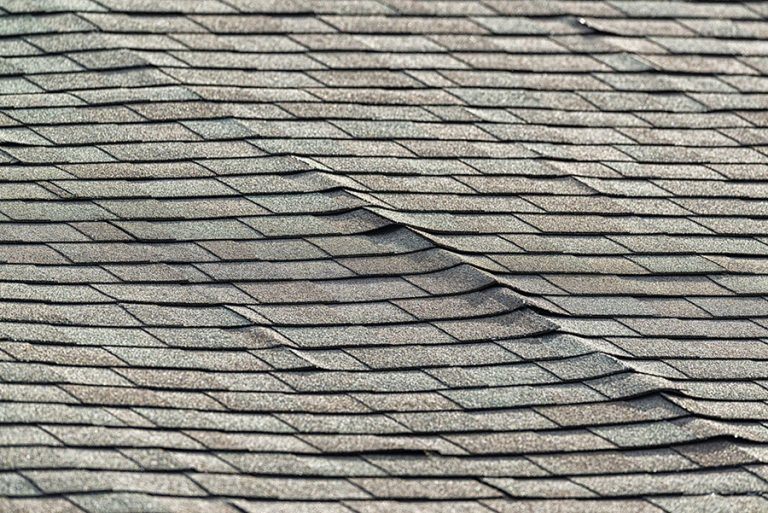
The first important thing to know is how to tell whether your roof is actually sagging. The following are the most typical indicators of a sagging roof:
- A springy or soft feel when you walk on the roof
- Curves, dips, or bows in the general appearance of your roof
If you have determined that your roof may be an issue, or if you are simply taking proactive steps in a new home or an old home, you will want to know the common culprits behind a sagging roof.
Weather Weight
If you live in an area that experiences levels of snowfall that are higher than average, your roof may already be unstable. Snowfall causes cumulative damage which increases in increments, destabilizing your roof over time. Consider a roof inspection if your climate has heavy snowfall–and if your roof does not measure up, make sure your new roof has a durability that matches your climate.
Water
Precipitation can rot the beams of your roof over time, softening and weakening them. Damaged beams which warp are far more susceptible to damage due to any other element, such a wind or snow. Ice is also a potential problem especially accumulated ice in gutters which can cause ice dams to form. These are dangerous and would need to be dealt with immediately, so it is important to make sure your gutters are clean year round.
Design Flaws
A poorly designed roof, or one which uses cheaper materials, is more susceptible to damage. This includes the beams holding up the roof as well as the roof itself. A sagging roof may also be an indication of an unstable house frame. If you have any doubts about the design of your roof, call an inspector right away.
Age
An old roof is a dangerous one. Damaged boards from water-logging, termite damage, or general weakening can cause a roof to cave in unexpectedly. Brittle shingles can fly off in the wind and expose beams or even your attic to further damage.
It is important to be proactive about the safety of your home. Address any concerns right away, so they can be resolved. Being aware of the different factors that can degrade or damage your roof beyond repair can save your home from costly damage–and your family from any dangerous accidents.







